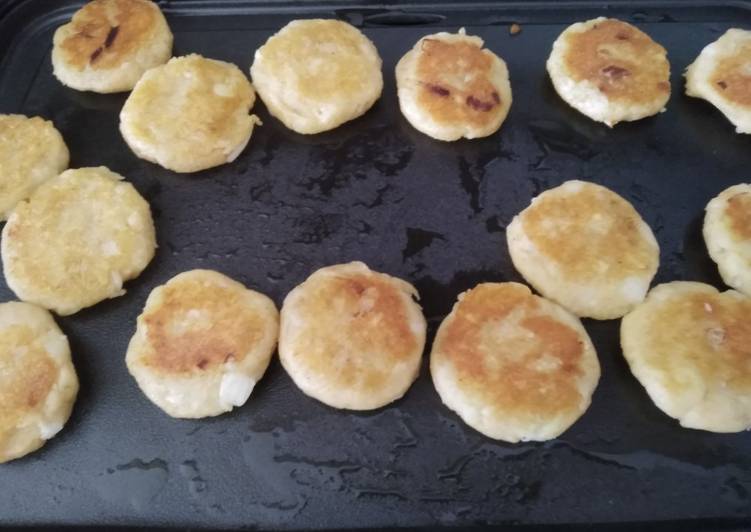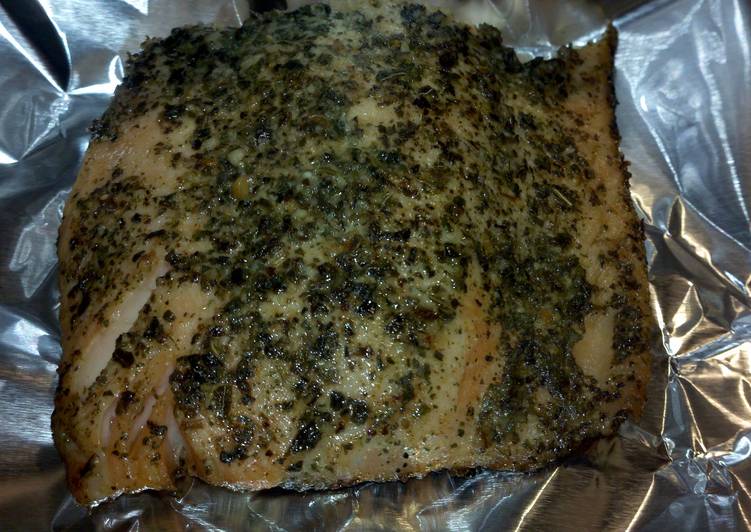
Hello everybody, I hope you’re having an incredible day today. Today, we’re going to make a special dish, for osechi, too! chikuzen-ni with lots of root vegetables. One of my favorites food recipes. For mine, I am going to make it a bit tasty. This will be really delicious.
For Osechi, Too! Chikuzen-ni With Lots of Root Vegetables is one of the most popular of recent trending meals in the world. It is easy, it’s fast, it tastes delicious. It is appreciated by millions every day. For Osechi, Too! Chikuzen-ni With Lots of Root Vegetables is something which I’ve loved my whole life. They’re nice and they look fantastic.
Chikuzen Ni is usually cooked on New Year's Eve and consumed on New Year's Day. This allows the flavor to infuse thoroughly. Traditionally, the vegetables used are; Satoimo (Taro), Ninjin (Carrot), Renkon (Lotus Roots).
To begin with this particular recipe, we have to prepare a few ingredients. You can cook for osechi, too! chikuzen-ni with lots of root vegetables using 18 ingredients and 18 steps. Here is how you cook it.
The ingredients needed to make For Osechi, Too! Chikuzen-ni With Lots of Root Vegetables:
- Take 1 Chicken thigh
- Take 1 tsp ☆Sake
- Get 1 tsp ☆Soy sauce
- Prepare 1 tsp ☆Mirin
- Take 8 Satoimo (taro root)
- Prepare 1 Lotus root
- Make ready 1/2 Burdock root
- Take 1 Carrot
- Take 6 Shiitake mushrooms
- Get 1 block Konnyaku
- Take 1 Snow peas
- Take 1 Vegetable oil
- Take 2 1/2 cup ★Dashi stock
- Get 2 tbsp ★Sake
- Prepare 2 tbsp ★Sugar
- Prepare 2 tbsp ◆Soy sauce
- Get 2 tbsp ◆Mirin
- Get 1 pinch ◆Salt
I'm looking forward to your future posts for osechi ryori! Chikuzen ni (or chikuzenni) is a Japanese food/dish of simmered vegetables with dashi, mirin, and soy sauce. Oil a frying pan with the vegetable oil, and heat. Add the chicken and stir-fry until its surface turns whitish, then add the lotus root and carrot, and stir-fry.
Instructions to make For Osechi, Too! Chikuzen-ni With Lots of Root Vegetables:
- Cut the chicken into pieces that are a big bigger than bite sized. Combine with the ☆ ingredients.
- Cut the satoimi into hexagonal shapes, and blanch quickly. Wash them off to remove the surface sliminess and drain in a colander.
- Slice the lotus root 7 to 8 mm thick. Cut around the edges to turn the slices into flower-shaped lotus root slices. Soak the lotus root slices in vinegar water. (See Step 13.)
- Burdock root: Scrape the skin off with the back of a knife. Cut on an angle into thin slices, and soak in water. When the water turns brown, change to fresh water.
- Cut the carrot into 7-8 mm thick slices, and cut them out into flower shapes with a food cutter. Use a knife to turn them into nejiri-ume (twisted ume plum flowers). (See Step 16.)
- Shiitake mushrooms: Quickly rinse off any dirt, take off the stems, and cut in half if they are big. (Dried shiitake mushrooms are delicious, too.)
- Konnyaku: Slice 7 to 8 mm thick, make a slit down the middle, push the ends into the slit so they twist to form a knot konnyaku (see photo). Blanch in boiling water. (This prevents the konnyaku from un-twisting.)
- Put some oil in a pot and stir fry the chicken quickly. When it browns, remove.
- Add some oil to the same pot and quickly stir fry the ingredients from Steps 2 to 7. Add the ★ ingredients, put on a small lid that sits on top of the pot contents (drop lid or otoshibuta) and simmer over medium heat until the ingredients are tender.
- While the pot is simmering, prepare the decorative snow peas. Take the strings off, and blanch quickly in salted water (the salt is not included in the ingredient list). Refresh in cold water to fix the color. Cut as shown in the photo (or in any way you prefer).
- When the vegetables from Step 9 have cooked through, add the ◆ flavoring ingredients and chicken, and simmer until almost no liquid is left in the pan. (Cover partially with a lid and shake the pan around occasionally to distribute the flavors.)
- Transfer to a serving plate, and decorate with the snow peas. Serve.
- How to cut the flower-shaped lotus root
- Make cuts from the skin side in between all the holes of the lotus root.
- Cut around each hole while peeling. When all the edges above the holes have been cut on one side, flip over and cut off the remaining peel to finish.
- How to cut nejiri-ume (twisted ume flowers).
- Cut out the carrot using a flower shaped food cutter. Make slanted cuts in the carrot in between the flower petals five times.
- Carve the surface of the petals diagonally. Repeat for all 5 cuts and the flower is done.
Although his clanmates and everyone else sent there are strangely accepting of the situation, he finds it too suspicious and decides to go his own separate way, balancing his points out to be an all-rounder instead of a healer. Tokka Shinai Healer, Nakama to Wakarete Tabi ni Deru. Welcome to the eG Forums, a service of the eGullet Society for Culinary Arts & Letters. Osechi-Ryori is traditional Japanese New Year's food eaten during the first three days of Chikuzenni is a dish originated from northern Kyushu, Japan, made of braised chicken and root crops. Facts about and recipes for cooking root vegetables, like carrots, turnips, beets, garlic, carrots, onions, parsnips, rutabaga, potatoes, sweet potatoes.
So that is going to wrap this up with this special food for osechi, too! chikuzen-ni with lots of root vegetables recipe. Thank you very much for reading. I am confident that you will make this at home. There’s gonna be interesting food in home recipes coming up. Remember to save this page on your browser, and share it to your family, colleague and friends. Thank you for reading. Go on get cooking!

